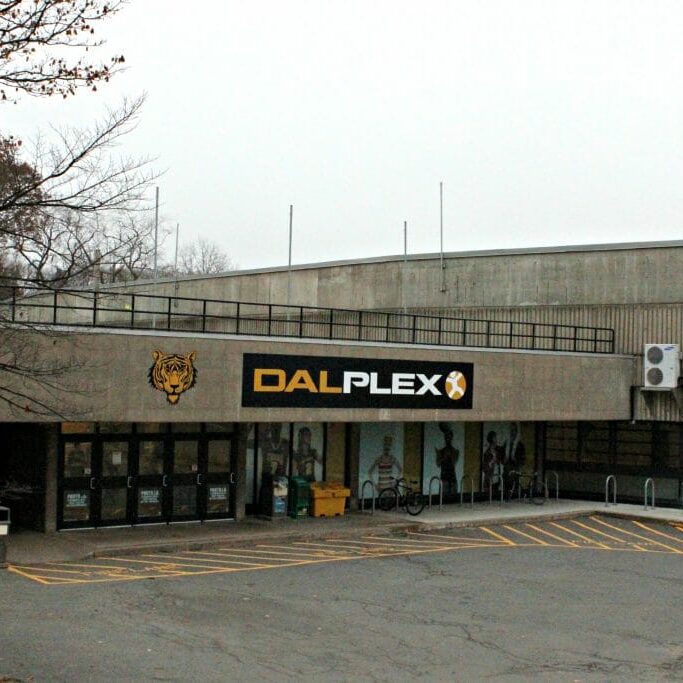
What does the Dalplex do with our money?
A look into how the athletic part of student service fees is spent
A full-time Dalhousie student pays $153.20 per term for so-called “student service fees.” The university’s website says those fees go to administrative, athletic, and health services, but doesn’t provide a further breakdown of how those funds are distributed.
According to the Student Accounts office, $100.70 of that fee goes to “athletics” each term. They couldn’t provide a further breakdown of where that money goes, just that a portion of it goes to the Dalplex.
But how does the Dalplex spend its money? Of course a bulk of the money goes to supporting general operations. But Verity Turpin, the Assistant Vice Provost of Student Affairs, says the Dalplex is working on other projects and initiatives that most students might not know about.
“Because physical fitness is part of good positive health, the Dalplex is part of an integrated strategy to support our students’ health and wellness,” she says. Dalhousie is currently in year two of this five-year strategy.
One component is a student outreach program to increase student use of the Dalplex in terms of both the frequency that students use it and the percentage of the student population that uses it.
Roughly 78 per cent of students visited the Dalplex at least once during the 2014-15 school year, which amounted to 12,049 unique visitors. But that still means over a fifth of the student population never once entered the Dalplex. Turpin says the outreach program is designed with those students in mind. She gave the example of certain international students who might be reluctant to utilize the Dalplex’s features.
“If they come from a country that doesn’t have facilities like Dalplex, it could be very intimidating… [so] the outreach program will help our students become more comfortable using the facility and accessing the services, and hopefully using the facility more.”
Turpin says it’s important for the school that students feel comfortable using the Dalplex because physical health is an important part of overall health. The outreach program is just one way the school is making the Dalplex more accessible for its students.
“We used to charge students a certain fee to participate in for-fee fitness classes. And so what we did last year is we used the [student service] fee to offset costs for students to participate in those traditional fee-for-service activities.”
The five-year strategy to support students’ health and wellness does more than just promote the Dalplex. It also investigates the ways different types of health interact with each other.
Dalplex has piloted an active health project in collaboration with the school of health and human performance, student health services, and counselling and psychological services. Last year, seven students participated in the project, which was run by two students and a faculty supervisor.
“Essentially what that pilot project allowed is for fitness to be prescribed for low-to-moderate degrees of anxiety and depression,” says Turpin. “So what the students will be able to benefit from is they work with personal trainers. And those trainers are students from the school of health and human performance.”
It’s important for the Dalplex to broaden who uses its facilities and how they do so, but it’s also important that the facility provide for its base. The three biggest drivers of student activity at the Dalplex are strength training, cardio, and intramural and recreational sports. With that in mind, Dalhousie is building an entirely new fitness centre right next to the current Dalplex.
“The purpose of that new facility being built… was the students telling us that our cardio facilities were not adequate. They wanted more,” says Turpin. “The lion’s share of this building is space for cardio, strength training, and high performance workouts.”
The new fitness centre will also open up space in the current Dalplex, a necessity for a school that doesn’t have the space to accommodate a number of students who want to participate in its athletic programs.
This new fitness centre will be funded largely by students through a $180 annual fee. The fee was approved during the 2011-12 school year, but it won’t come into effect until the new building is operational, which should be some time in 2018.
For those students who criticise the construction of the new fitness centre and its accompanying fee, Turpin says its what students asked for.
“Students really talked about our athletic facilities not being good. So we had all this primary research coming towards us saying, ‘know what, if there’s one thing you could do, we need to improve our fitness facilities.’”






